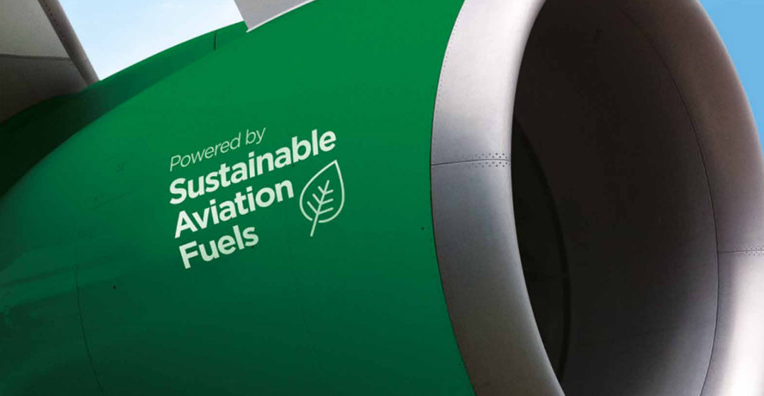Air transport is on a positive path towards decarbonization, taking into account that it is one of the sectors that emits the most carbon emissions into the atmosphere.
A few days ago, the U.S. company Joby Aviation obtained the certificate to fly its first eVTOL vehicle of its own production line.
These advances go hand in hand with a roadmap established by the International Air Transport Association (IATA) to achieve net zero carbon emissions by 2050.
Read also: Enel X Way to Supply Charging Infrastructure to Volkswagen Trucks Division in Brazil
Plan Pillars
The strategy addresses different steps that involve the entire airline industry, the manufacture of new aircraft, the energy transition, operational and financial aspects.
An important point highlighted by IATA is the need for public policies, which implies a direct responsibility of governments.
For the airline industry, public policies are fundamental to develop many of the necessary innovations and actions. IATA points out that the adoption of the roadmap is an important reference for decision makers in each of the countries.
“The roadmaps are the first detailed assessment of the steps needed to accelerate the transition to net zero by 2050,” said Willie Walsh, IATA‘s Chief Executive Officer in statements reviewed by the “aero-naves” portal.
“They show a clear direction and will evolve as we move deeper to establish intermediate milestones on the path to net zero,” he added.
Applied Technology
During its General Assembly held last June in Istanbul, IATA explained that the roadmap is not something constructed in isolation.
The body considers models and reviews across industry sectors complemented by a tool for calculating emissions reductions provided by the Air Transport Systems Laboratory at University College London (UCL).
The plan addresses the development of more efficient aircraft and engines. These are important points to enable the energy transition, starting with sustainable aviation fuels (SAF) and in the future with green hydrogen or electric batteries.
IATA also states that it needs to build new infrastructure to facilitate the use of SAF and green hydrogen. Airports have a significant contribution to make in this area, as these will be the places where the new aircraft fuels of the future will be housed.
The aviation sector concludes that public policies are fundamental to the achievement of the plan that will take them to zero emissions by 2050.







